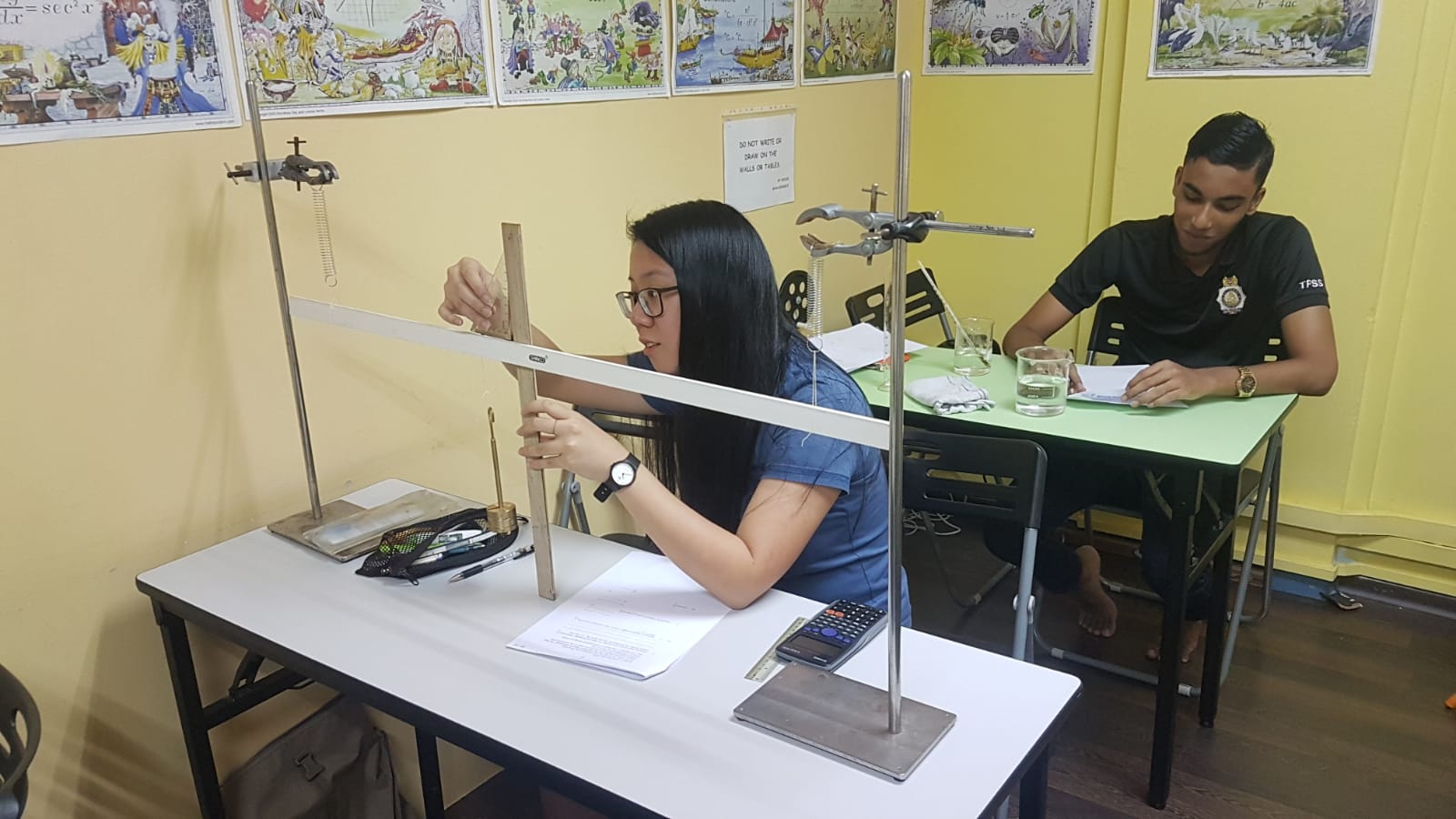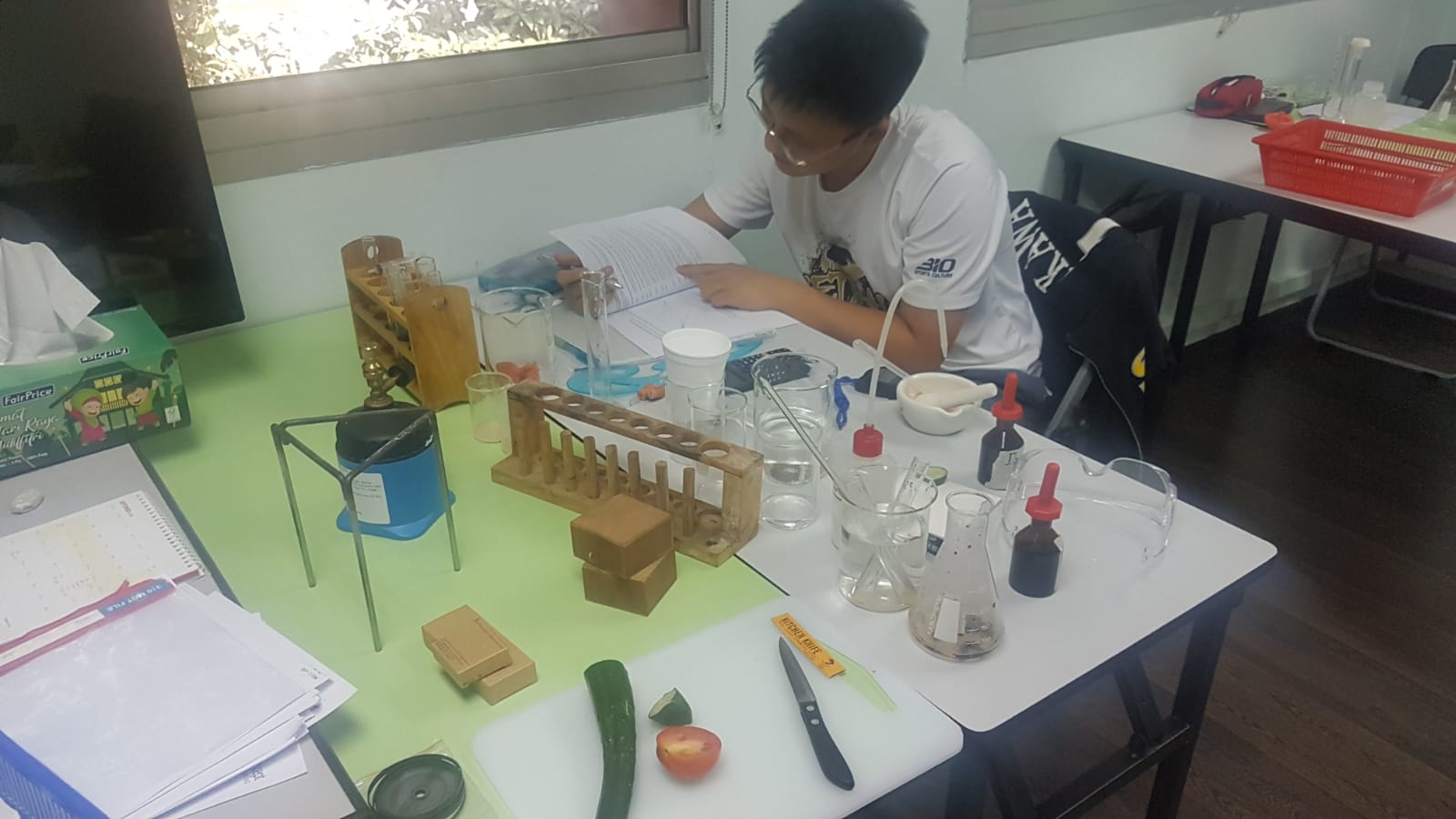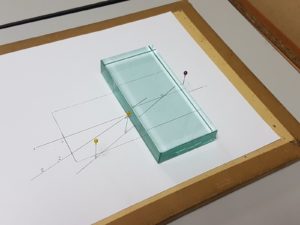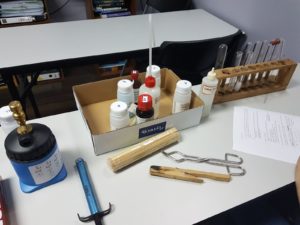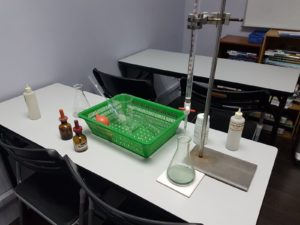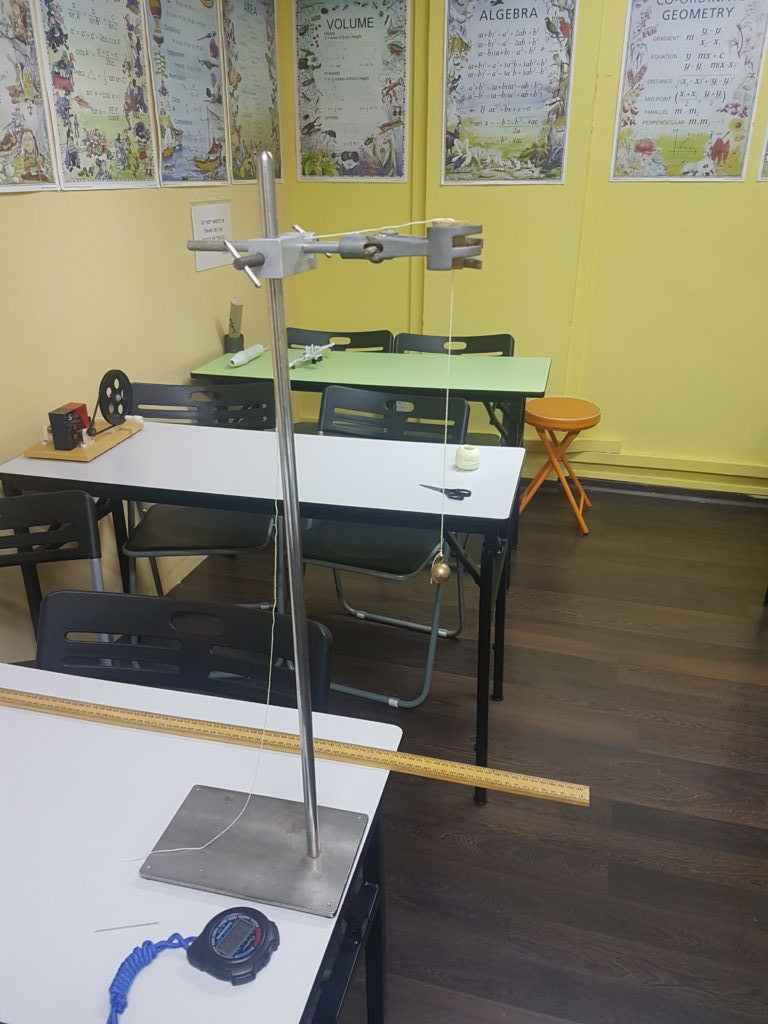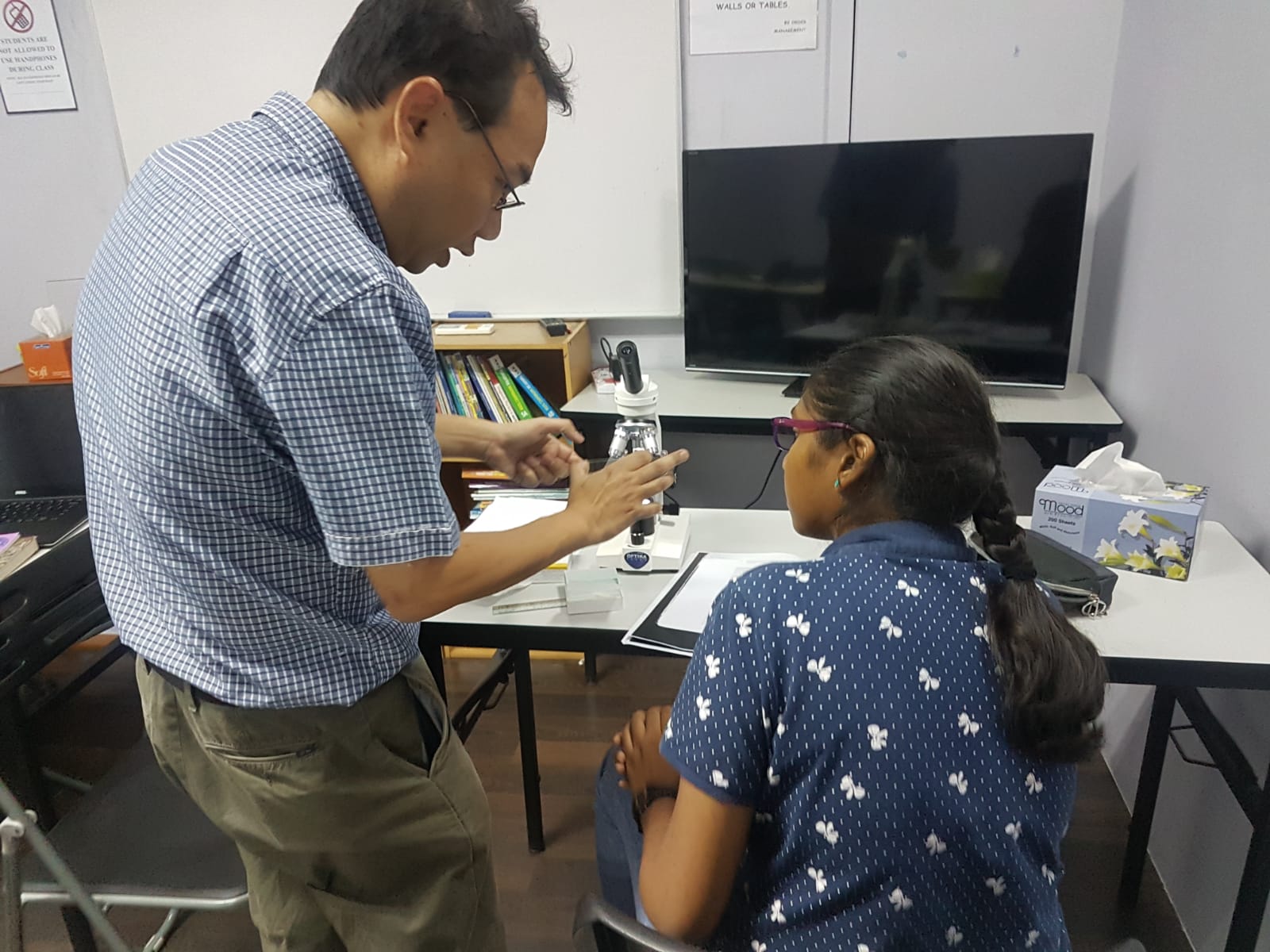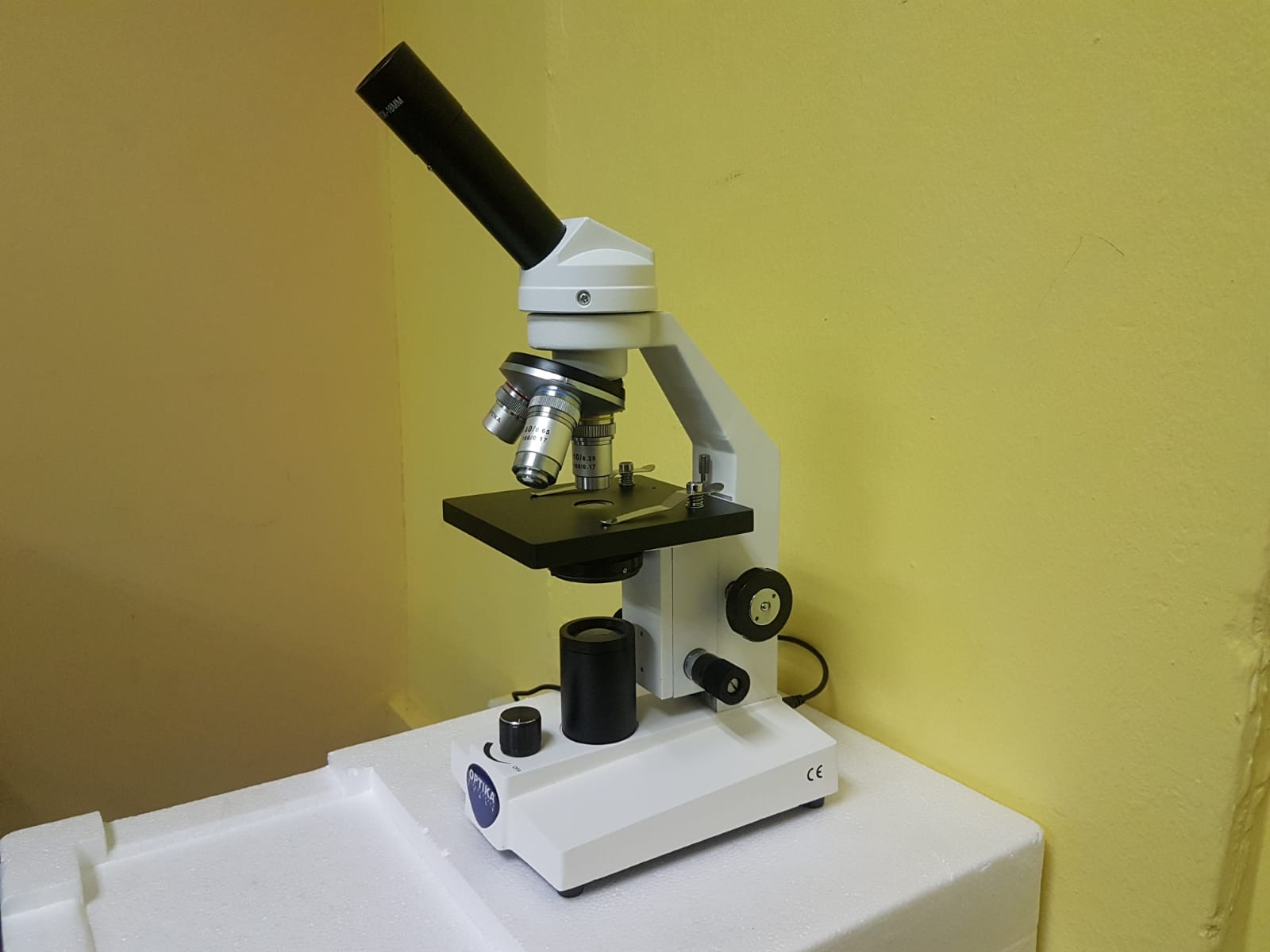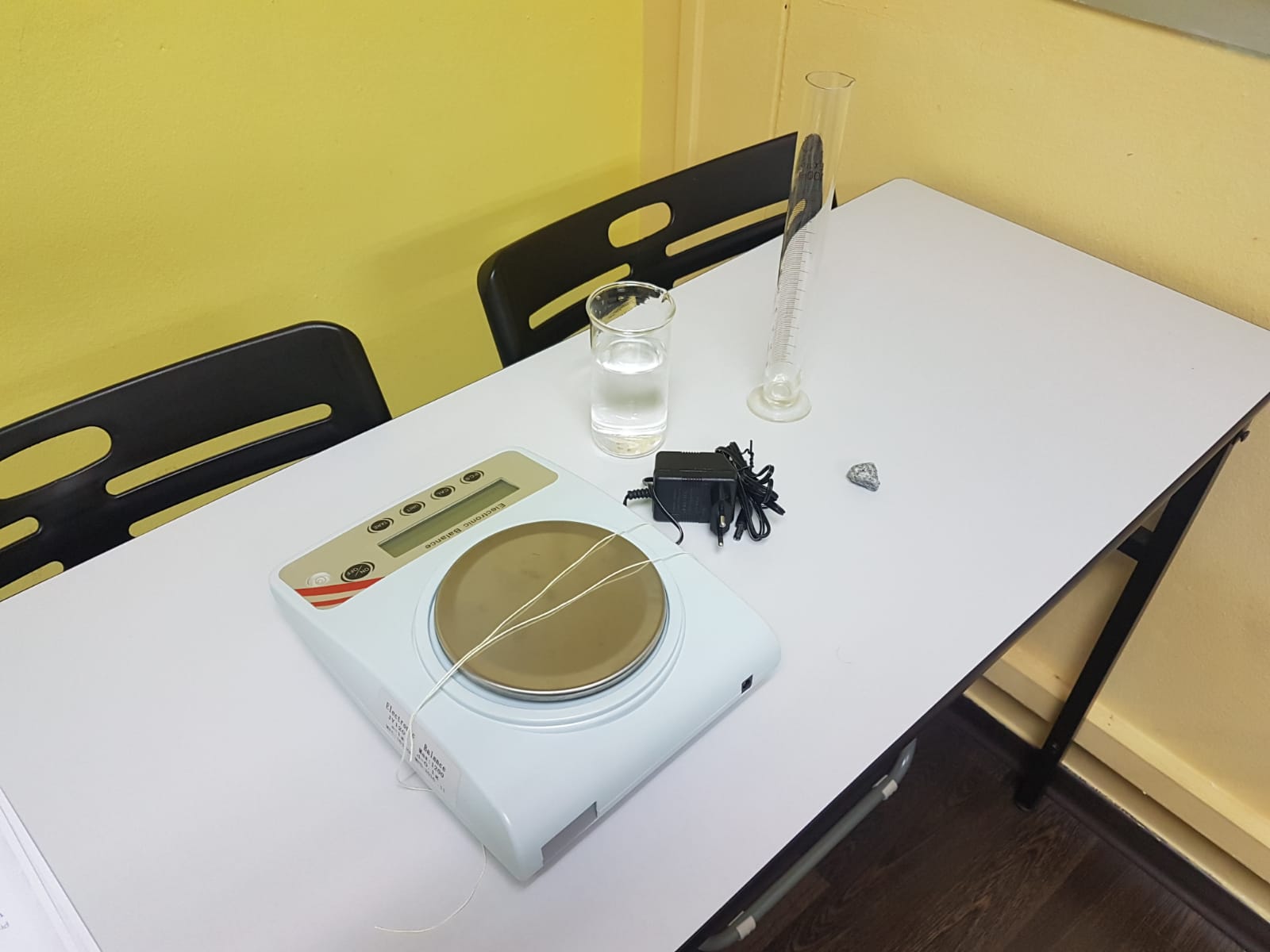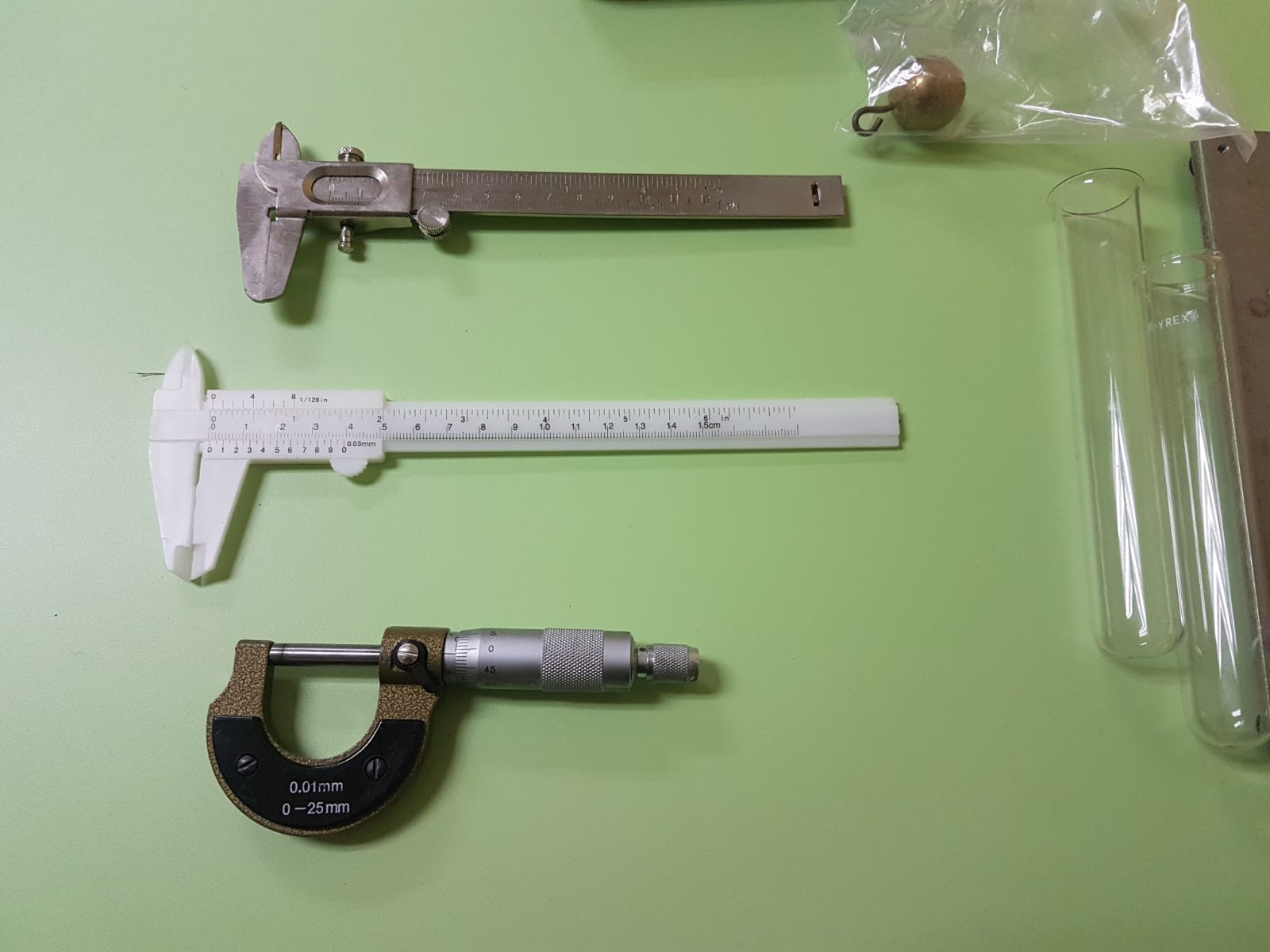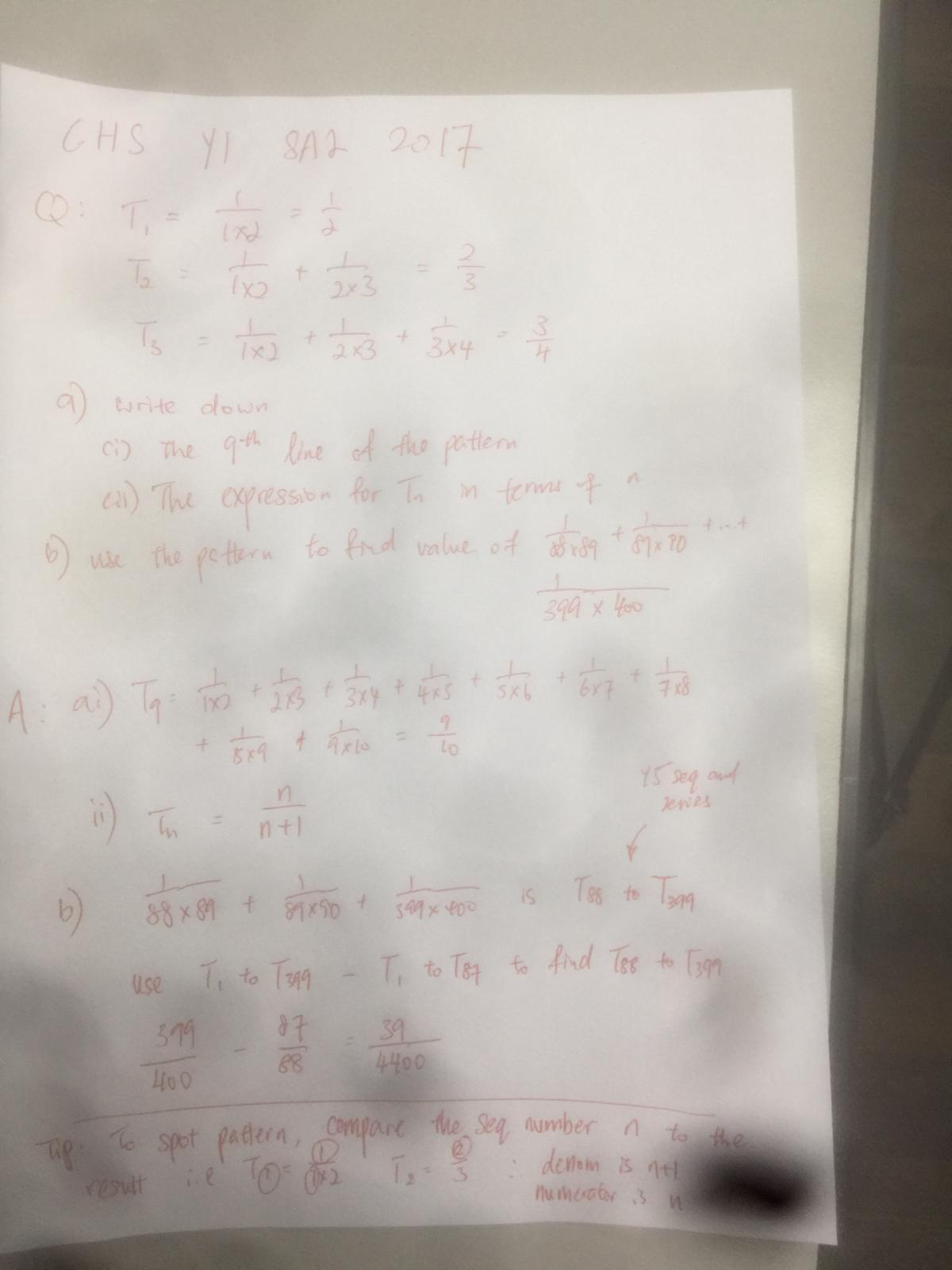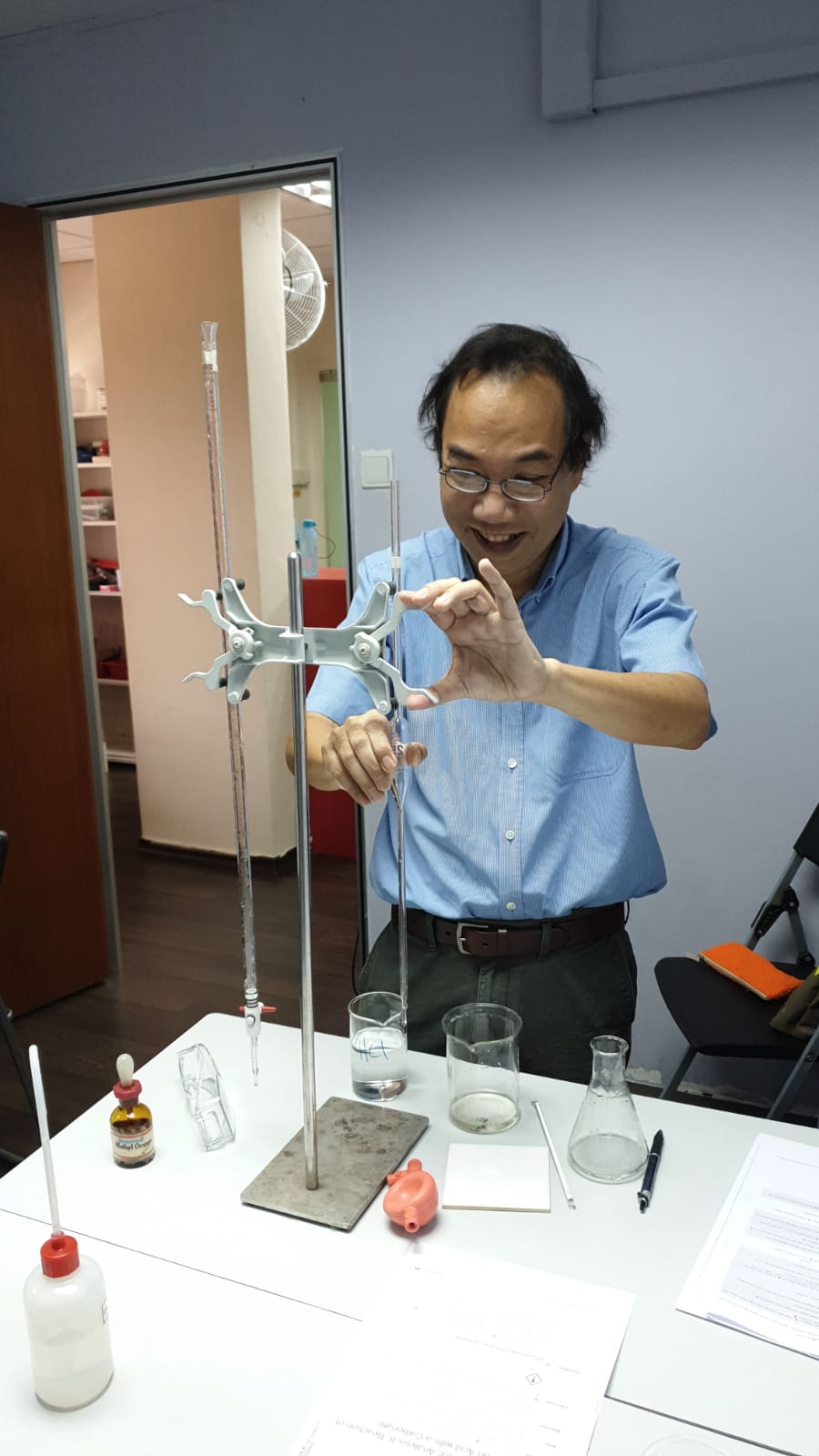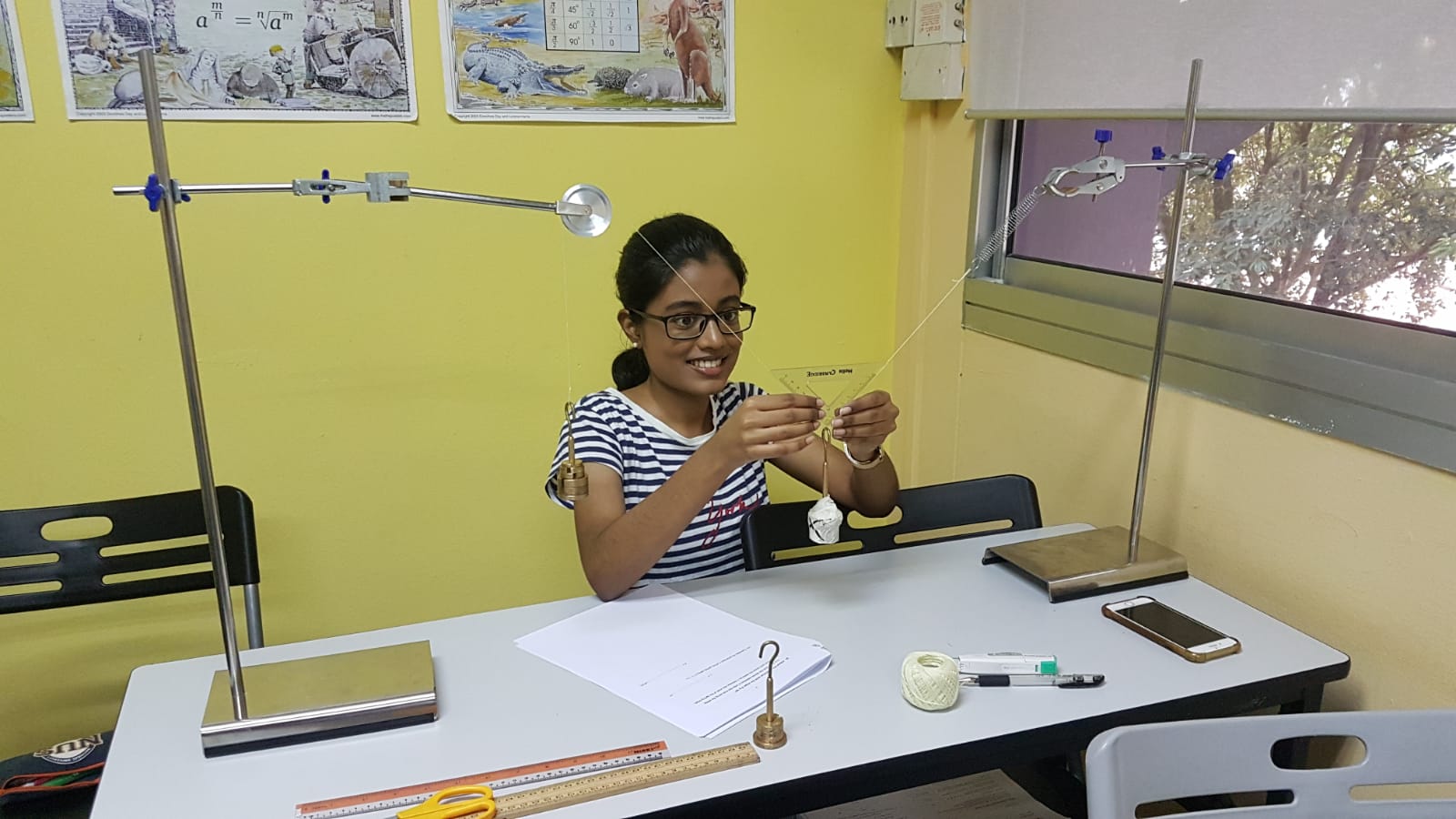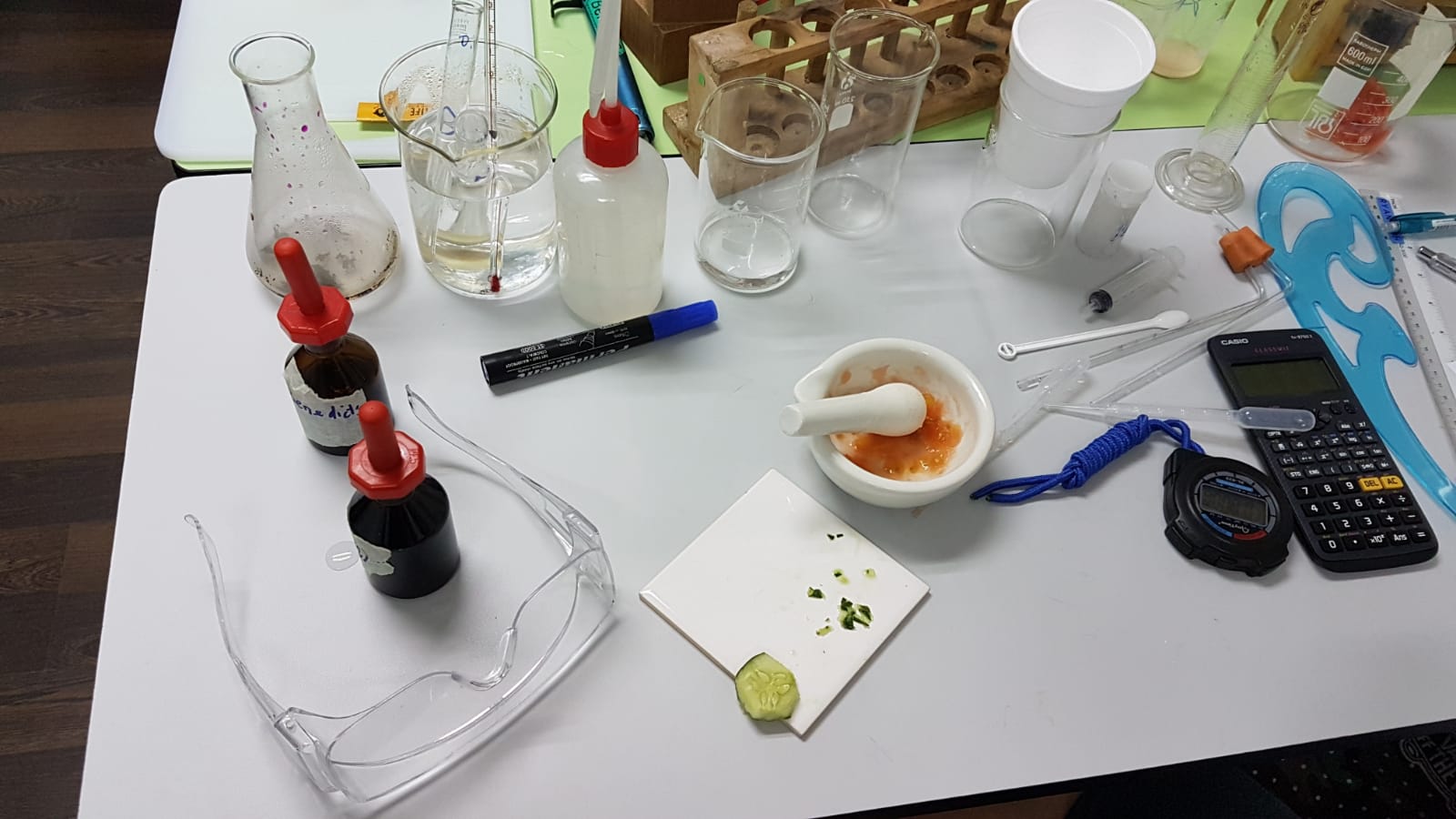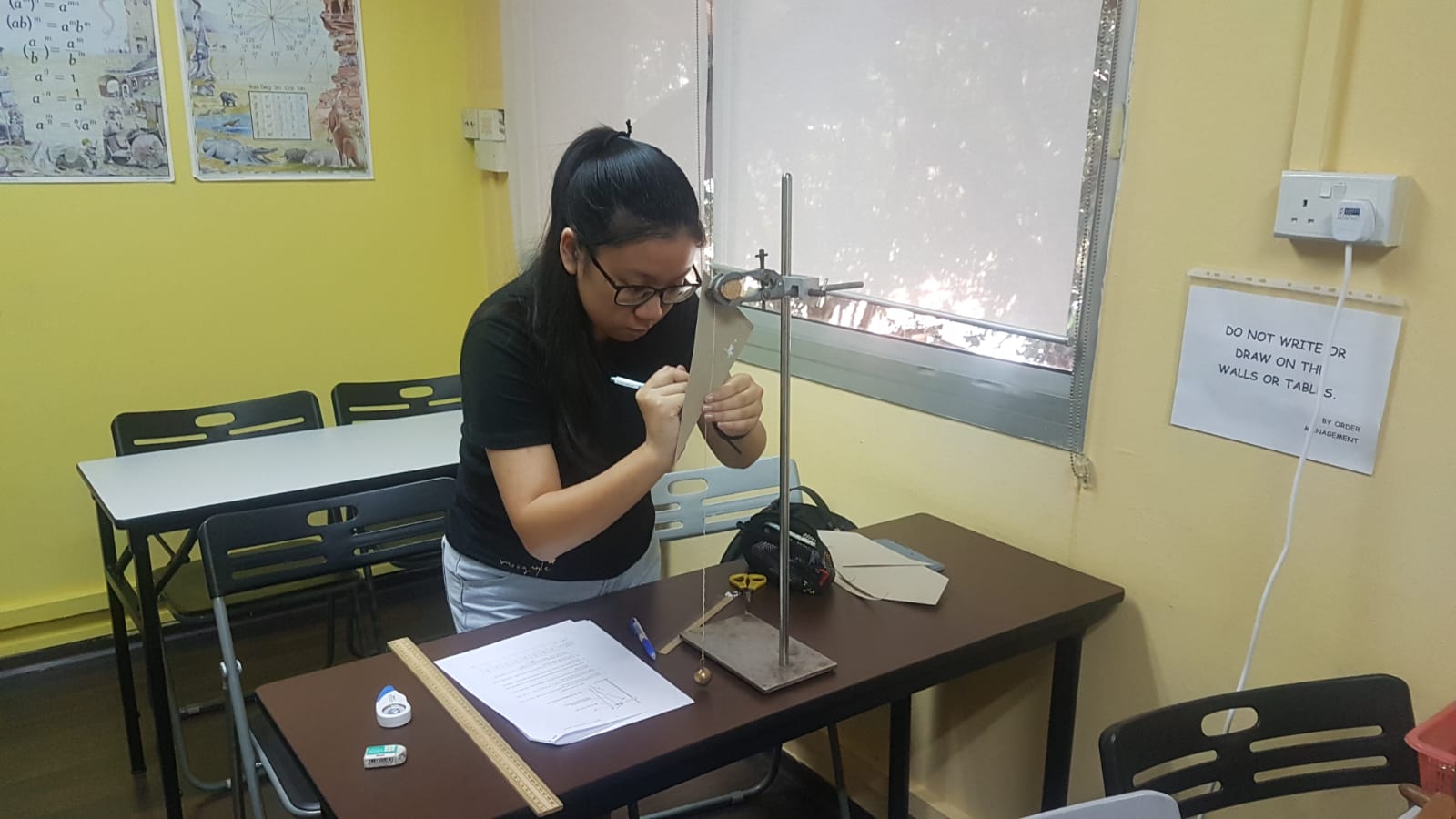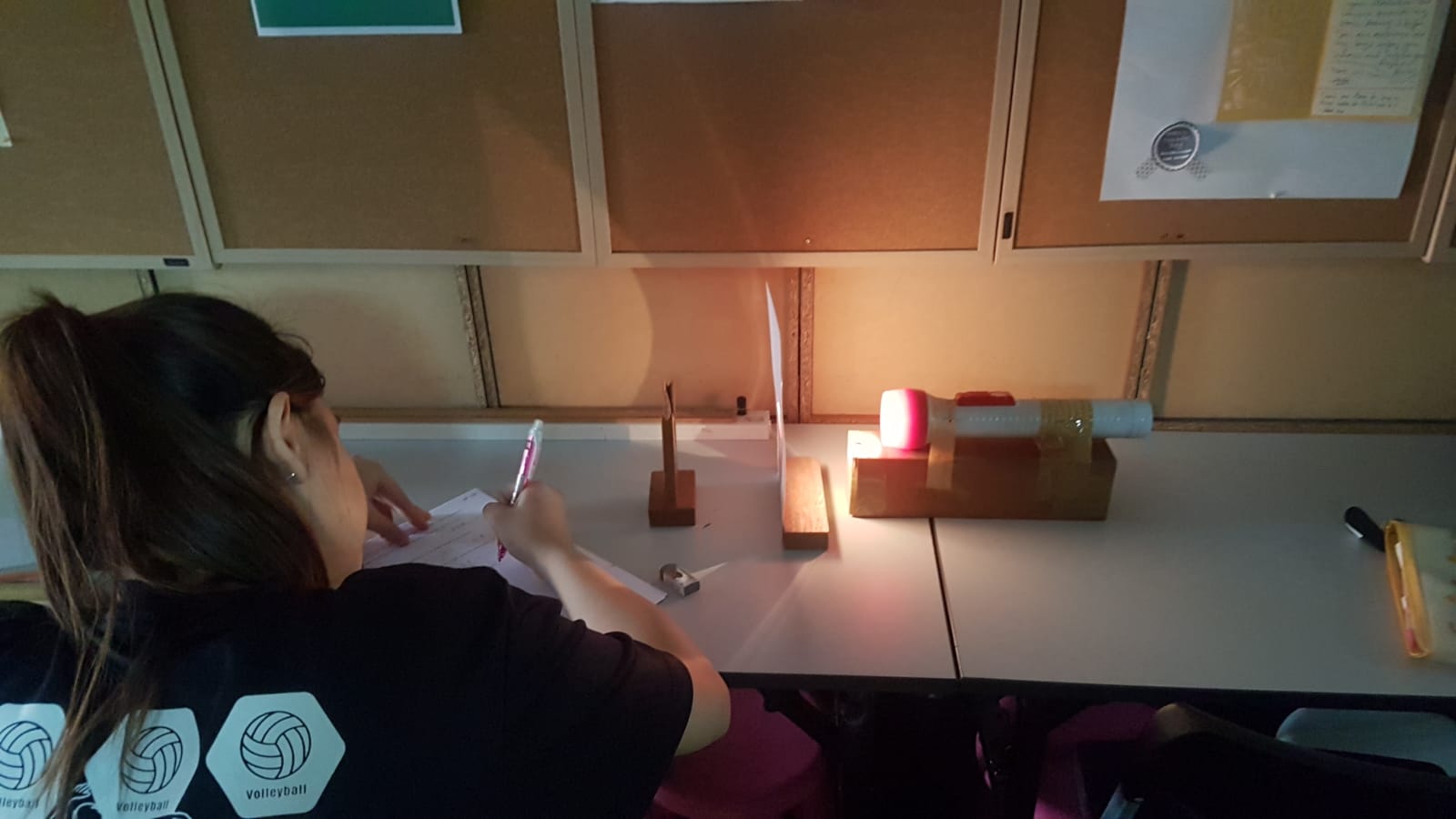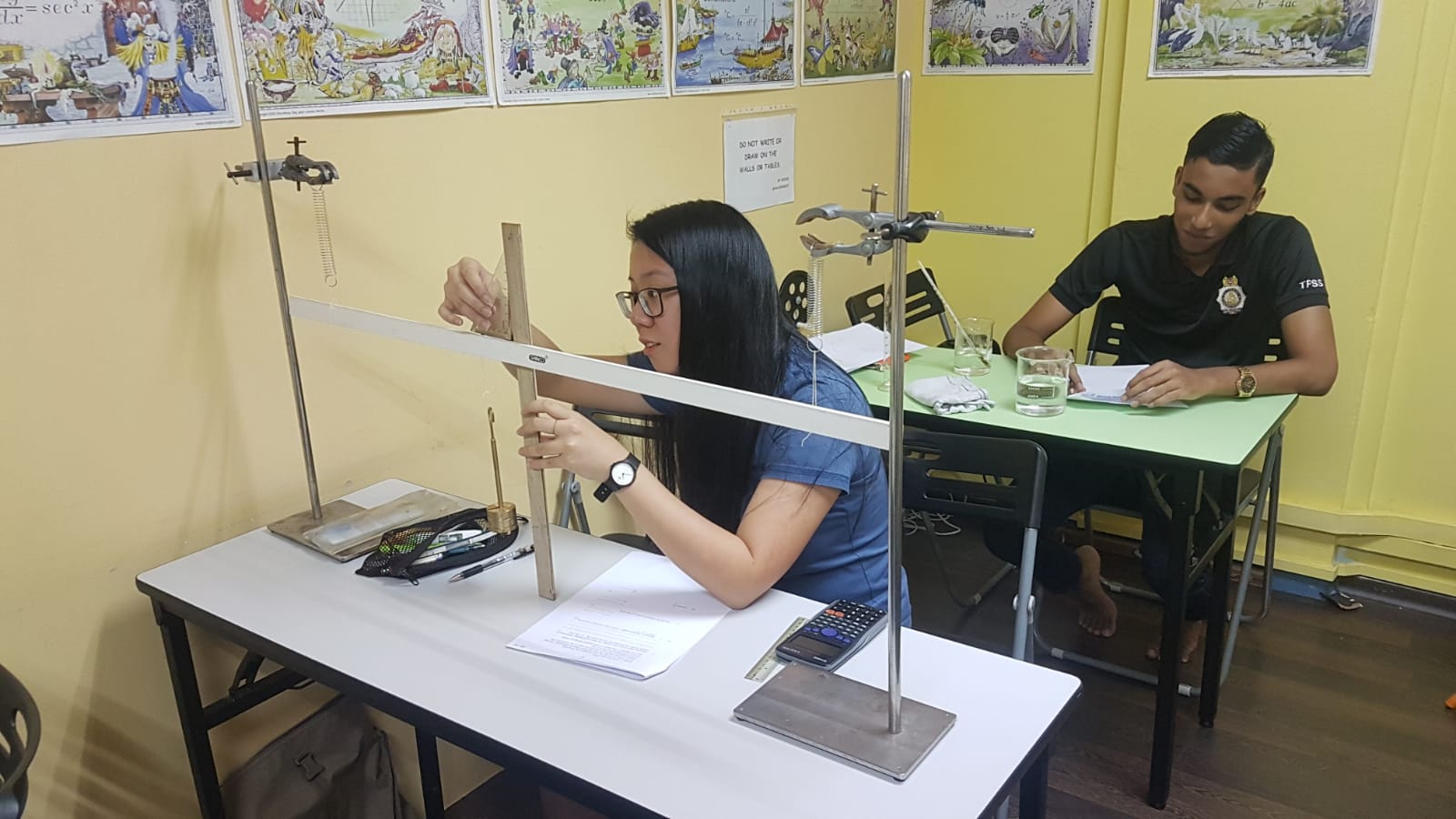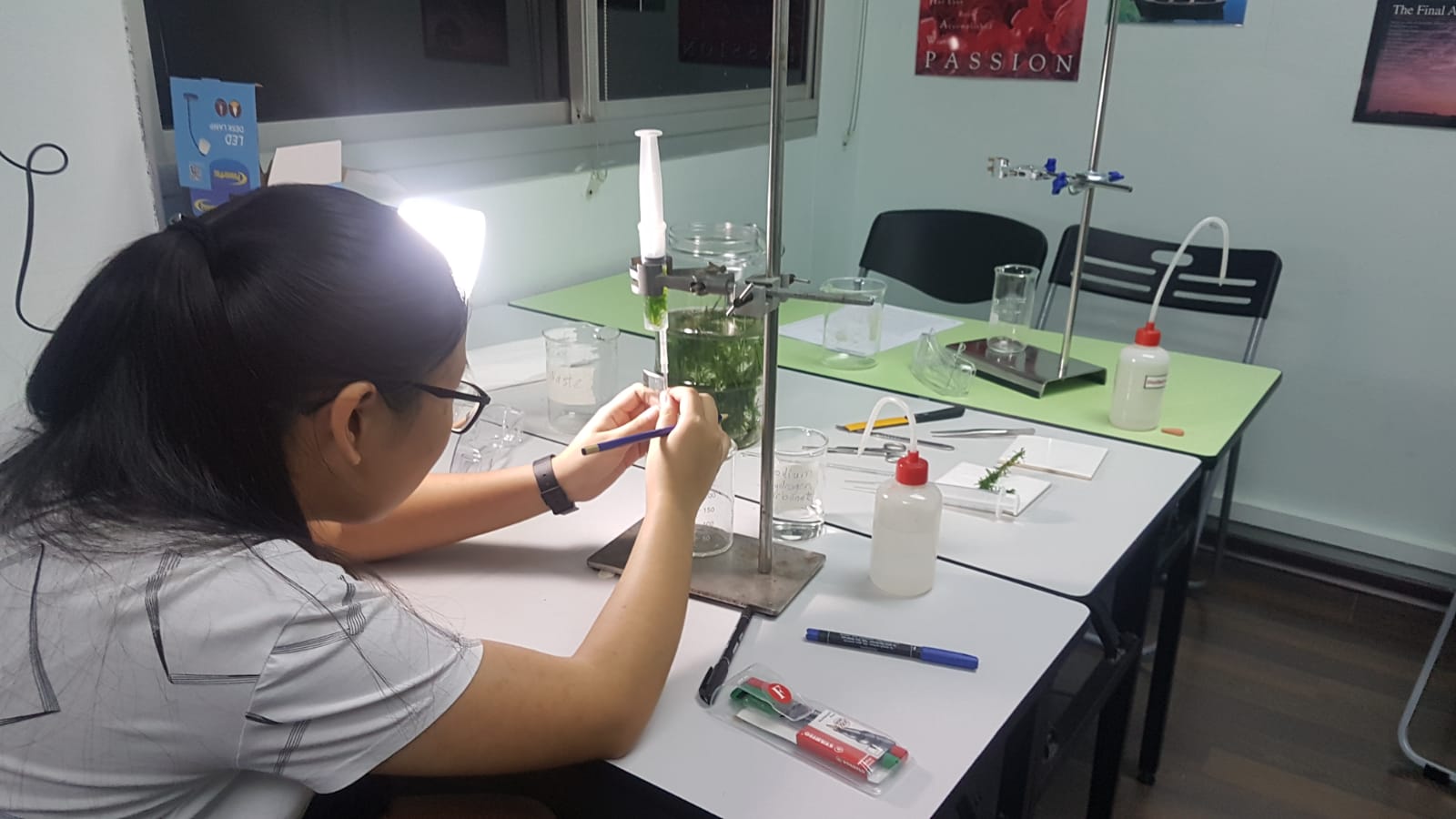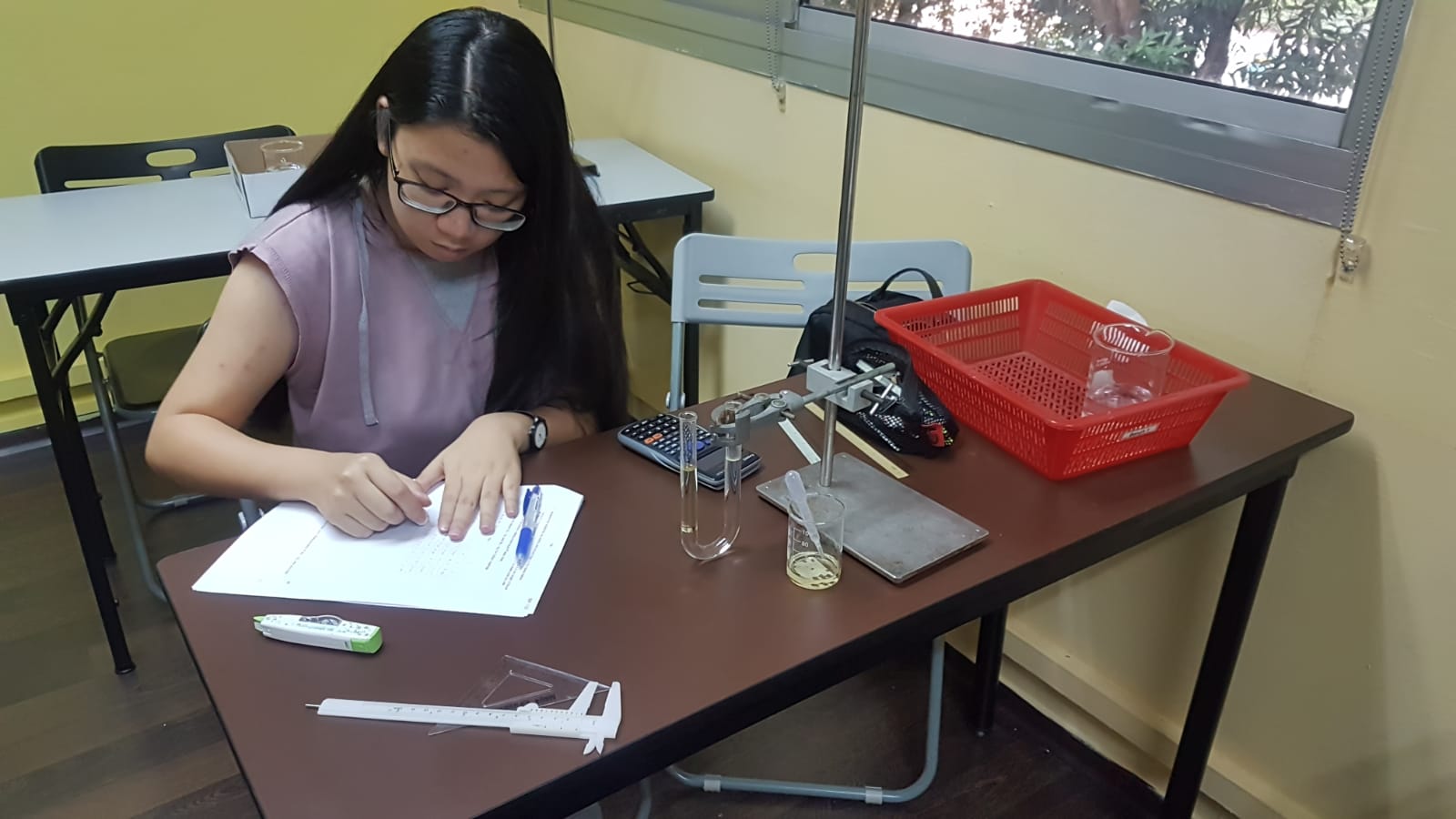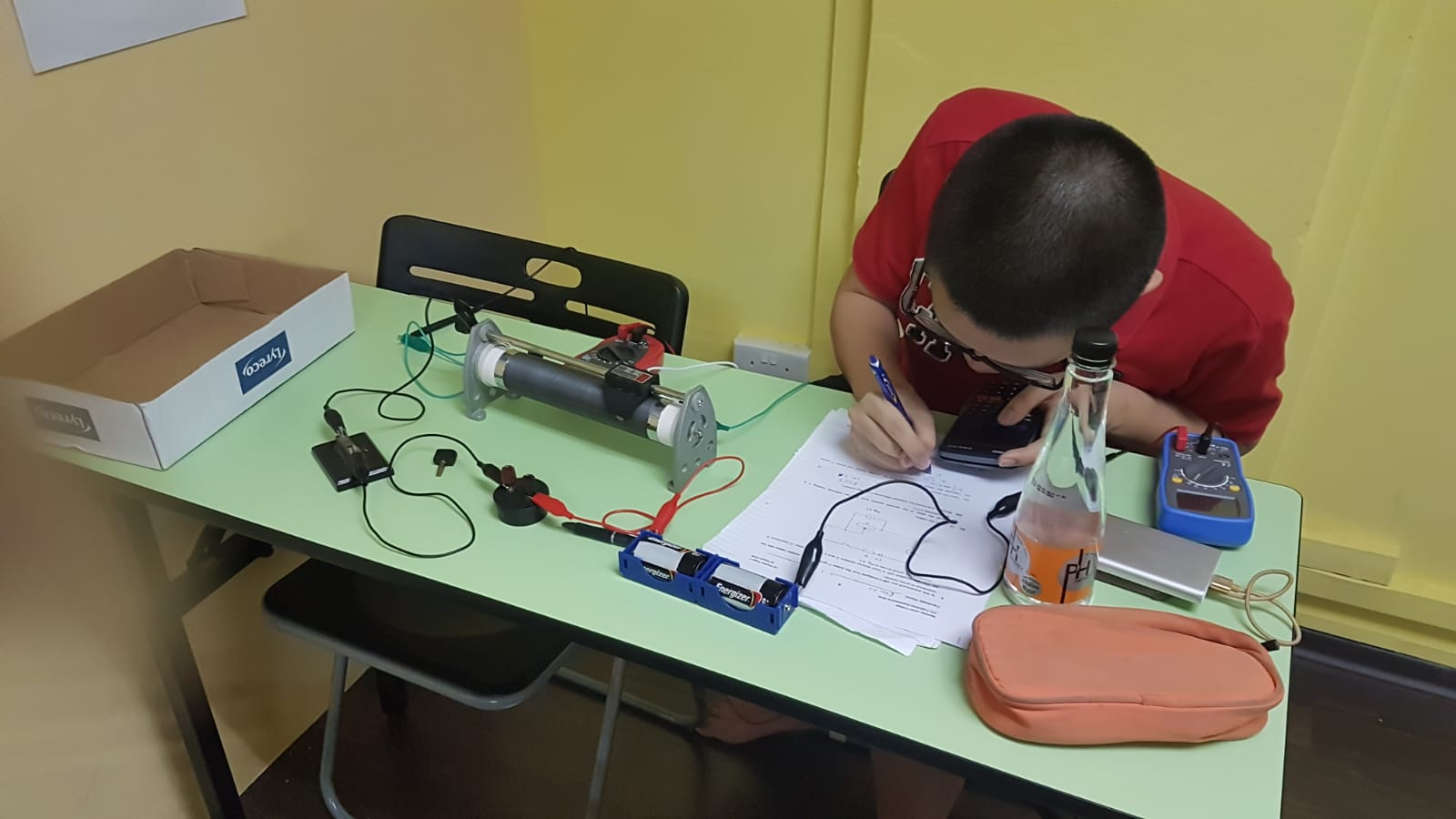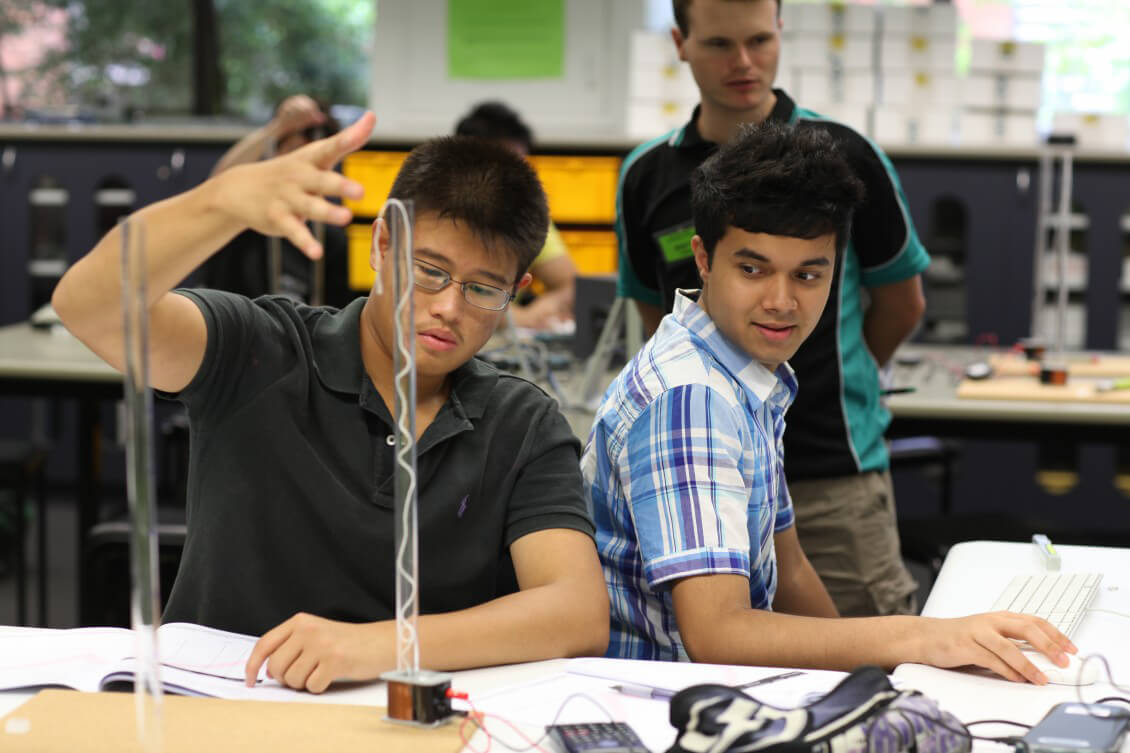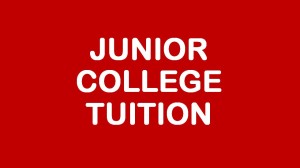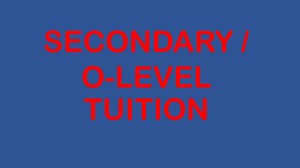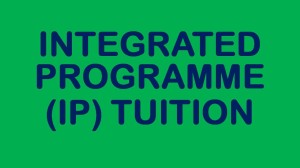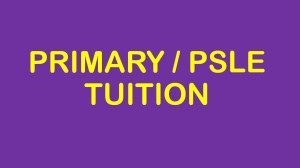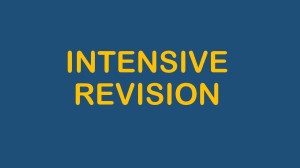We provide A-Level and O-Level Physics, Chemistry, Biology and Science (Physics/Chemistry/Biology) Practical training for private candidates and homeschoolers, for both local (eg. H2, Singapore-Cambridge) and international exams (CIE, IGCSE). School candidates are also welcome.
You can book (at least 3 days in advance) any of the following slots for your science practical training:
A-LEVEL or H2 PHYSICS | O-LEVEL PHYSICS | SCIENCE PHYSICS (@Bt Batok):
Session 1: Tuesday 10.00 am – 12.00 pm / 12.30 pm
Session 2: Tuesday 8.00 pm – 10.00 pm / 10.30 pm
Session 3: Saturday 9.00 am – 11.00 am / 11.30 am
Session 4: Sunday 11.30 am – 1.30 pm / 2.00 pm
O-LEVEL CHEMISTRY| SCIENCE CHEMISTRY (@Bt Batok):
Session 1: Friday 10.00 am – 12.00 pm / 12.30 pm
Session 2: Friday 8.00 pm – 10.00 pm / 10.30 pm
Session 3: Saturday 9.00 am – 11.00 am / 11.30 am
Singapore Learner @ Bukit Batok
Blk 644, Bukit Batok Central, #01-68. S(650644).
Tel: +(65) 6569 4897, +(65) 9786 0411 (SMS)
Email: principal@singaporelearner.com
If you wish to visit us, kindly call or sms first. Thank you.
What you will get at each session:
(1) Teaching and instruction on how to use the various scientific tools and instruments.
(2) Tips on how to answer a practical worksheet or exam paper, including recording of observations, drawing graphs, writing conclusions, describing precautions and planning a practical.
(3) Notes on important aspects of science practicals.
We will also conduct Practical Exams in September.
FEES PER SESSION
O-LEVEL: $160 (course fee) + $20 (materials fee)
A-LEVEL: $280 (course fee) + $30 (materials fee)
(The full fee must be paid at least 3 days before the practical session to confirm your attendance as a lot of preparation is needed for practicals coupled with very limited class size. No refund will be given should you fail to turn up.)
To book a Practical session (MUST be at least 3 days in advance),
(1) SMS or Whatsapp the following info to 9786 0411: (a) Name of student; (b) Date and Time; (c) Subject.
(2) Pay $180 (O-level) or $310 (A-level) via cash, cheque or online transfer or Paylah or Paynow. (If you pay for 6 sessions or more you will get 10% off the total fees)
Tough IP Maths question: Number Patterns
This question is from a Y1 Promo paper. The concept behind recognizing this type of number pattern is derived from A-level/Y5 topic known as summation or sequences and series.
Below are the question, the tips, and our answers.
If you are interested in IP Maths tuition, contact admin at 88765498 (whatapps). Stay tuned for more updates on tough IP style Maths questions.
CAMBRIDGE CIAS & A LEVEL PRACTICAL PHYSICS / CHEMISTRY / BIOLOGY SESSIONS
To do well in your Cambridge CIAS and A Level Science exams, you should do well in the practical exams.
You can secure up to 23 percent of your grades for your exam through practical.
The weightage is up to 23% for Physics, Chemistry, Biology and Combined Science.
It is the same for the Practical paper and also the Alternative to Practical paper.
Practise for your practicals with us. Our experienced tutors will guide you and help you achieve speed and precision in your practical.
You can also prepare for your practicals by taking part in our mock practical exams. Our experienced tutors will observe how you do your practicals within the stipulated time in exam-like conditions. They will then go through the practical paper and give you tips on how to save time, avoid common errors and improve accuracy of your results.
We are equipped for all the 3 sciences and take in a maximum of only 4 students per lab session. This gives a small tutor:student ratio and maximises student learning.
Location: BLK 644, BUKIT BATOK CENTRAL, #01-68. s(650644) ( 5 mins walk from Bukit Batok MRT)
For enquiries, kindly call 6569 4897 or sms to 9786 0411.
CAMBRIDGE O LEVEL PRACTICAL PHYSICS / CHEMISTRY / BIOLOGY SESSIONS
For Practical courses, mock exams or schedules, please click on any of the following:
IMPORTANT!
Please note all the lab sessions on the following days have been fully booked:
15/3, 16/3, 21/6, 22/6, 6/9, 7/9.
To avoid disappointment, please be advised to book and confirm (via payment) your practical slots WELL IN ADVANCE as we can only take in a maximum of 4 students per session.
O-LEVEL PHYSICS PRACTICAL
O-LEVEL CHEMISTRY PRACTICAL
O-LEVEL BIOLOGY PRACTICAL
O-LEVEL SCIENCE (PHYSICS) PRACTICAL
O-LEVEL SCIENCE (CHEMISTRY) PRACTICAL
O-LEVEL SCIENCE (BIOLOGY) PRACTICAL
HOW TO BOOK A LAB SESSION:
(1) Decide which Program or Lab sessions you need or most suitable for, by visiting the webpages of the practical subjects you are interested in.
(2) Whatsapp or Message our staff at 88765498 with your Name, Private or School Candidate, A or O level, Subject or Lab Name (e.g Lab PP2), Date and Time of Lab. (Our staff will then guide you on how to register and make payment. If you are not sure about the lab sessions, just state your Name and the Subjects and we will get back to you)
(3) Register Online by clicking below:
(4) Pay Registration fee of $30 via Paynow or funds transfer.
(5) Make the required payment for each lab session at least 5 days before the date of the lab session. (You may also pay for several sessions at one go to ensure that you will have a place in future slots)
FEES PER SESSION
Practical Training Session: $190
Mock Exam:- $240
(The full fee must be paid at least 5 days before the practical session to confirm your attendance as a lot of preparation is needed for practicals coupled with very limited class size. No refund will be given should you fail to turn up.)
Singapore Learner @ Bukit Batok
Blk 644, Bukit Batok Central, #01-68. S(650644).
Tel: +(65) 6569 4897, +(65) 88765498 (WHATAPPS) http://wa.link/w0xxk2
Email: principal@singaporelearner.com
If you wish to visit us, kindly call or sms first. Thank you.
You can also prepare for your practicals by taking part in our mock practical exams. Our experienced tutors will observe how you do your practicals within the stipulated time in exam-like conditions. They will then go through the practical paper and give you tips on how to save time, avoid common errors and improve accuracy of your results.
We are equipped for all the 3 sciences and take in a maximum of only 4 students per lab session. This gives a small tutor:student ratio and maximises student learning.
Location: BLK 644, BUKIT BATOK CENTRAL, #01-68. s(650644) ( 5 mins walk from Bukit Batok MRT)
For enquiries, kindly call 6569 4897 or sms to 88765498.
CAMBRIDGE IGCSE (CIE) PRACTICAL PHYSICS / CHEMISTRY / BIOLOGY SESSIONS
To do well in your Cambridge IGCSE Science exams, you should do well in the practical exams.
You can secure 20 percent of your grades for your exam through practical.
The weightage is 20% for Physics, Chemistry, Biology and Combined Science.
It is the same for the Practical paper and also the Alternative to Practical paper.
Practise for your practicals with us. Our experienced tutors will guide you and help you achieve speed and precision in your practical.
You can also prepare for your practicals by taking part in our mock practical exams. Our experienced tutors will observe how you do your practicals within the stipulated time in exam-like conditions. They will then go through the practical paper and give you tips on how to save time, avoid common errors and improve accuracy of your results.
We are equipped for all the 3 sciences and take in a maximum of only 5 students per lab session. This gives a small tutor:student ratio and maximises student learning.
For Practical courses, mock exams or schedules, please click on any of the following:
PHYSICS PRACTICAL
CHEMISTRY PRACTICAL
BIOLOGY PRACTICAL
Singapore Learner @ Bukit Batok
Blk 644, Bukit Batok Central, #01-68. S(650644).
Tel: +(65) 6569 4897, +(65) 88765498 (WHATAPPS) http://wa.link/w0xxk2
Email: principal@singaporelearner.com
If you wish to visit us, kindly call or sms first. Thank you.
Sec 4 Combined Science Tuition
Sec 4 Combined Science : Friday | 8.00 pm – 9.30 pm | Code: S4CS4 (Physics/Chemistry)
Administrative Matters:
Location: Blk 644, Bukit Batok Central, #01-68. S(650644).
Our location is just a 3-min walk from either the Bukit Batok MRT station or the Bukit Batok Bus Interchange. Buses that stop along the roads surrounding our location are numbers 157, 178, 66, 506, 173, 174, 176, 187, 985. Buses services which terminate at Bukit Batok Bus Interchange are 61, 77, 106, 173, 177, 189, 852, 941, 945, 947.
TO REGISTER, SMS <STUDENT NAME>, <CODE> TO 9786 0411.
For enquiries for Bukit Batok, kindly call 65694897 or sms to 9786 0411.
(2020) Bukit Batok (for River Valley High) IP Maths Tuition Schedule
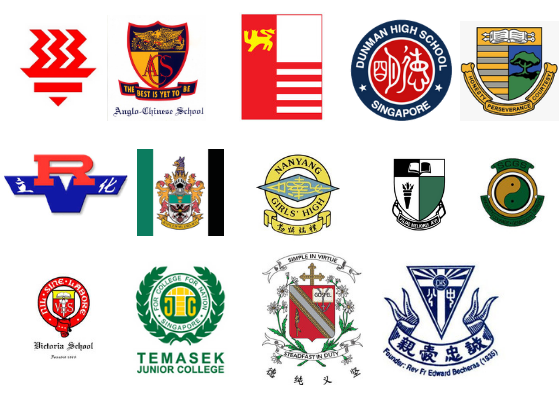 At Singapore Learner, we understand that sometimes it is easier for our IP classes to comprised of majority students from the same school. These slots offered are specifically targeted at students from River Valley High, and the class syllabus will follow the RVHS syllabus.
At Singapore Learner, we understand that sometimes it is easier for our IP classes to comprised of majority students from the same school. These slots offered are specifically targeted at students from River Valley High, and the class syllabus will follow the RVHS syllabus.
Y3 IP Math: Monday | 7.45 pm – 9.15 pm | Code: Y3M1
Y2 IP Math: Thursday | 8.00 pm – 9.30 pm | Code: TPY2M1
Y5 IP Math: Saturday | 1.00 pm – 2.30 pm | Code: TPY5M1
BACKGROUND OF OUR IP TUTOR:
Mr Ilyasa: An NIE-trained ex-School Teacher, Mr Ilyasa has been coaching students in A–Level & IB Physics and Mathematics for more than 7 years, as well as O-Level & IP Physics, Chemistry, A.Math, E. Math and PSLE Math for more than 10 years. An alumnus of Raffles Institution himself, and having taught many students from RI and HCI, Mr Ilyasa understands very well the psychology of top students and the challenges faced by them and he is determined to help IP students who are either struggling in their studies, or those who wish to maintain their top form through advanced learning. Mr Ilyasa holds a Master of Education (Curriculum & Teaching) degree from the National Institute of Education, as well as a Bachelor of Science degree from the National University of Singapore.
Singapore Learner @ Bukit Batok
Blk 644, Bukit Batok Central, #01-68. S(650644).
Tel: +(65) 6569 4897, 8876 5498.
First time having a child going to an Integrated Programme school

This guide is released to assist parents who have no prior experience in Integrated Programme matters, but have a child enrolling into an Integrated Programme stream.
- The difficulty of the syllabus is enhanced. Using the traditional O-level textbooks or workbooks may not be sufficient to help your child in tackling the IP syllabus. The formula sheets, or timing of the papers may not be the same as the O-level. It is not uncommon for IP schools at the secondary level to teach beyond the regular syllabus, by including either JC topics/concepts or questions that may be very fringe/out of syllabus. If you are looking for good books to use, I suggest using those O-level textbooks with express/special stream in their titles. Those books are usually better for IP students as they involve deeper concepts and tougher questions. IP exam papers are very difficult to find online or in most bookstores, and there is no standardized textbook for reference due to the fast changing nature of IP syllabus.
Examples of tough IP questions which use concepts that are beyond their own level:
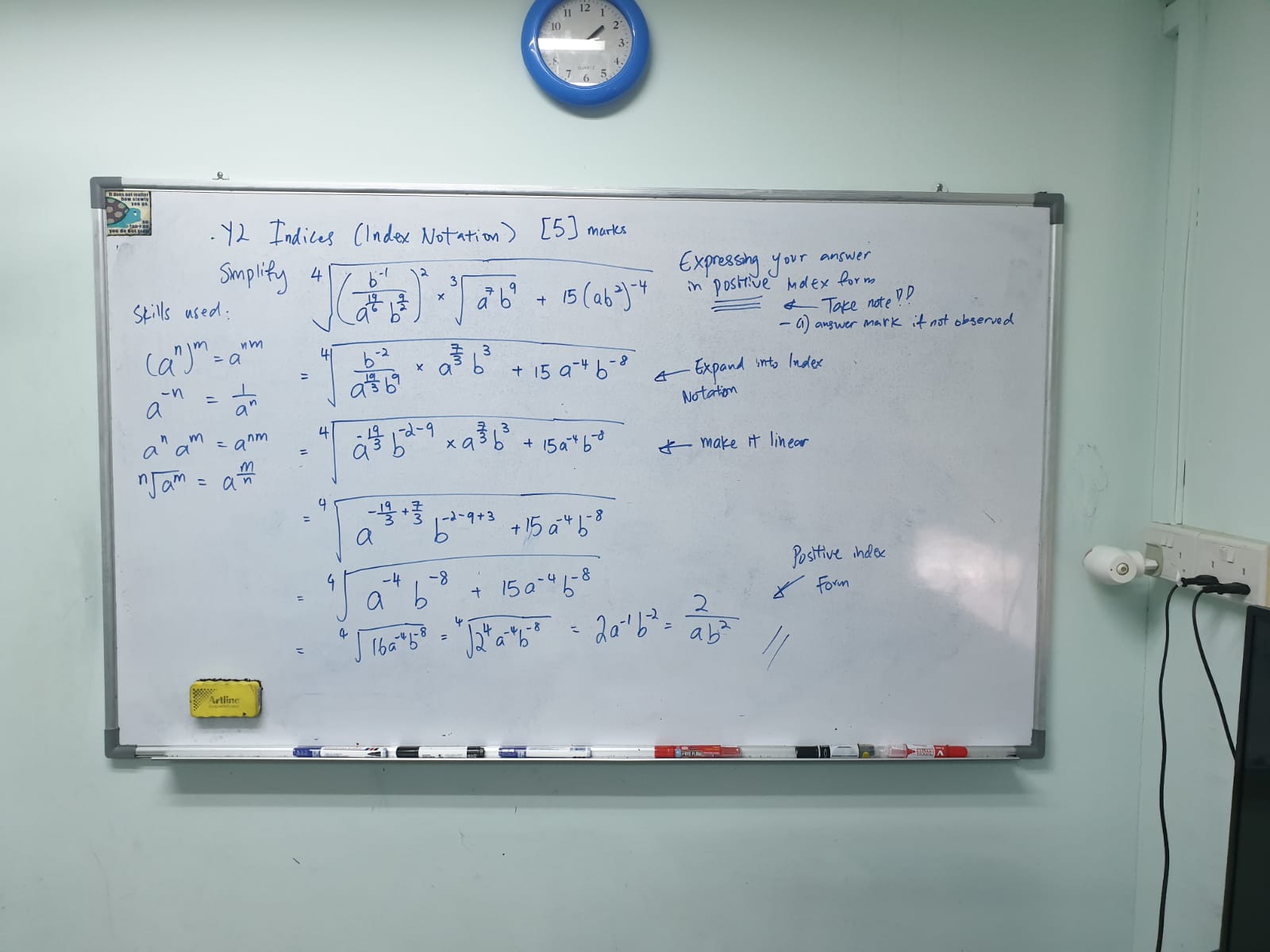
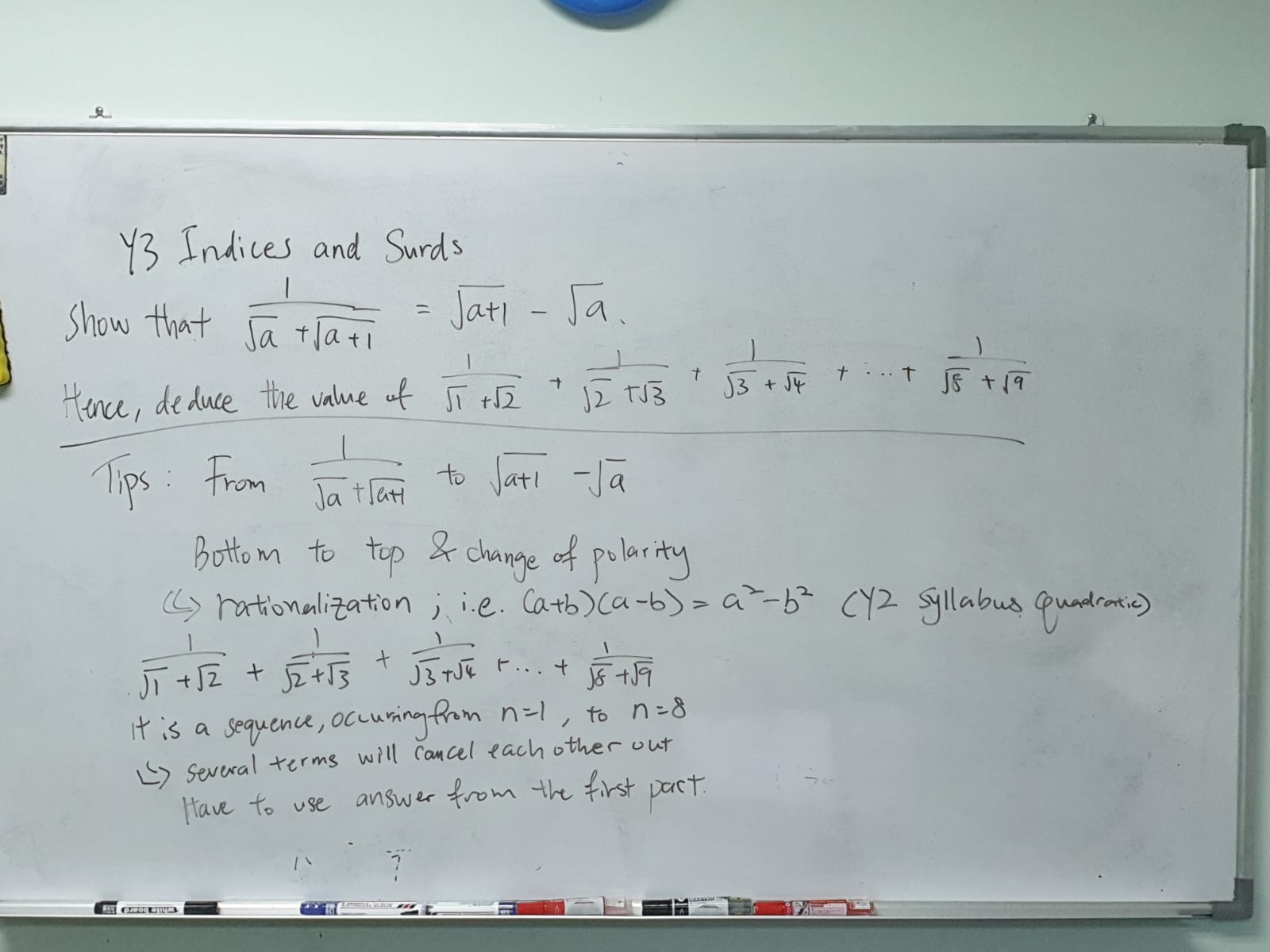
- CCA is demanding. Your child will need to balance between studying hard and training for CCA rigorously. During competition periods, your child might miss some lessons and that will affect their grades. A consistent effort throughout the term is necessary for them not to fall behind, together with eating and sleeping well. Some schools even require students to take up more than one CCA in order to demonstrate their potential for leadership. Ultimately, this assists them in making their report book presentable for scholarships.
- IP schools have graded project work. This is to prepare them for Y5 and Y6 as they would be required to take H1 project work. If your child is quiet, they have to learn to speak up, in order to score for presentation. A lot of time has to be dedicated to research, as well as preparing for presentation and a written report. Ultimately, this helps them in their H1 project work as they have 4 years of project work experience prior to JC. The research skills gained from project work will help them eventually in university as well.
- The workload for homework is heavy. On top of CCA, and project work, there is still a lot of homework to clear. Besides the traditional worksheets issued for homework, there are still homework like lab reports, book reports or essays. These are all part of their continual assessment, and doing well in these modes of assessment requires your child to be very competent in the basics of all their subjects(e.g. Science lab reports can involve deep Mathematics concepts) Questions can seem very open ended as they are testing your child for their critical thinking skills.
This post is compiled by the IP tutoring team at Singapore Learner, based on our personal experience studying in an IP school or teaching in an IP school.
Our IP tuition schedule and other IP tips can be found here
For enquires on IP tuition, please call our office number at call 65694897.
To consult about IP matters, you can reach Admin Staff at 88765498 (Whatapps)
Location: Blk 644, Bukit Batok Central, #01-68. S(650644).
IP Y1-Y4 MATH TOPICAL RELEARNING PROGRAM (Oct to Dec 2024)
Start Date: Oct 2024 End Date: 15 Dec 2024
Location 1: Blk 644, Bukit Batok Central, #01-68, S(650644) or Online classroom via Google Meet
Focus: CONCEPTUAL UNDERSTANDING & APPLICATION OF SKILLS
Format: Teaching + Worksheets + Discussions
Target Group: Current Y1-Y4 students who obtained a grade of B4 or lower in their IP Math SA2/EOY/Final Exam and need preparation for 2025
Time : Monday to Friday (1/11 – 31/11) from 3PM – 9PM, Monday to Friday (1/12 – 31/12) from 3pm-9pm
$360/month for Y1-Y4, 1.5h per lesson, 4 lessons a month
UNDERSTANDING OUR INTEGRATED PROGRAM TUITION
Background of Tutor:
An NIE-trained Teacher, Mr Ilyas has been coaching students in O-Level & IP Chemistry, Physics and Math for more than 12 years. An alumnus of RI and RJC, he holds a Master of Education (Curriculum & Teaching) degree from the National Institute of Education, as well as a Bachelor of Science degree from the National University of Singapore.
For enquiries, whatsapp 88765498 (Admin).
IP INDIVIDUAL TUITION (1-1) (click here)
IP SCIENCE PRACTICAL TRAINING
______________________________________________________________
By EX-MOE TEACHERS & EXPERIENCED TUTORS
@ BLK 644, BUKIT BATOK CENTRAL, #01-68. S(650644).
CALL 65694897 OR SMS 88765498.
IP Y3 PHYSICS TOPICAL RELEARNING PROGRAM (Oct to Dec 2024)
Start Date: Oct 2024
Location 1: Blk 644, Bukit Batok Central, #01-68, S(650644).
Focus: CONCEPTUAL UNDERSTANDING & APPLICATION OF SKILLS
Format: Teaching + Worksheets + Discussions
Target Group: Current Y3 students who obtained a grade of B4 or lower in their Y3 PHYSICS SA2/EOY/Final Exam and need help catching up for 2025.
Course Outline:
- Kinematics
- Forces
- Moments
- WEP
- Pressure
- Latent Heat and Heat capacity
- Light
Background of Tutor:
An NIE-trained Teacher, Mr Ilyas has been coaching students in O-Level & IP Chemistry, Physics and Math for more than 12 years. An alumnus of RI and RJC, he holds a Master of Education (Curriculum & Teaching) degree from the National Institute of Education, as well as a Bachelor of Science degree from the National University of Singapore.
For enquiries, whatsapp 88765498 (Admin).
UNDERSTANDING OUR INTEGRATED PROGRAM TUITION
_______________________________________
TUITION CLASSES:
EDUCATIONAL SERVICES:
By EX-MOE TEACHERS & EXPERIENCED TUTORS
@ BLK 644, BUKIT BATOK CENTRAL, #01-68. S(650644).
CALL 65694897 OR SMS 88765498.
